Scar treatment is one of the most misunderstood areas in skincare. Myths about what works—and what doesn’t—circulate widely, often leading people to delay proper care or invest in products with little to no clinical backing.
At Rejûvaskin, we’re committed to empowering you with the facts. This blog breaks down the most common scar treatment myths and clarifies what the latest research says about effective, evidence-based scar care.
Myth #1: “There’s nothing you can do once a scar has formed.”
The truth: While scars are permanent by nature, their appearance is not. Scar height, color, texture, and thickness can often be improved—especially when treatment is started early, but even older scars can benefit from consistent care.
A 2021 double-blind clinical trial found that patients using a silicone-based gel with copaiba oil experienced significant reductions in scar color, contour, and texture in just 84 days. Nearly 90% of users reported being satisfied or very satisfied with the results (Waibel et al., 2021).
Rejûvaskin’s approach: Products like our Scar Esthetique® Scar Cream are specifically designed to help minimize the appearance of both new and existing scars with a powerful combination of silicone, botanical extracts, and antioxidants.
Myth #2: “Silicone is a marketing gimmick—it doesn’t really work.”
The truth: Silicone is one of the most clinically validated non-invasive scar therapies available. It works by creating an optimal healing environment—hydrating the scar tissue, protecting it from bacteria, and helping regulate collagen production.
In a gene expression study, researchers found that scars treated with silicone-based cream showed more favorable biological healing profiles, including reduced levels of fibroblast activation and collagen overproduction—key contributors to thick, raised scars (Kikuchi et al., 2019).
Rejûvaskin’s approach: Our RejuvaSil® Silicone Scar Gel is clinically formulated with medical-grade silicone and a lightweight, non-greasy texture—ideal for everyday wear and all skin types.
Myth #3: “All scars are the same, so one product should work for all.”
The truth: Scars vary based on their cause (surgical, acne, trauma), type (hypertrophic, keloid, atrophic), location, skin tone, and your body’s unique healing response. No single approach will work for every situation.
According to a 2024 review of scar treatment methods, optimal outcomes depend on a tailored approach. Treatments should be selected based on scar type, skin sensitivity, and individual risk factors (Nojek et al., 2024).
Rejûvaskin’s approach: We offer targeted solutions, including our Silicone Sheeting for raised surgical scars and Scar Esthetique® for discoloration and uneven texture. Our team also provides personalized guidance to help customers find the right product for their needs.
Myth #4: “You have to wait until the scar is fully healed before treating it.”
The truth: Early intervention is key. While you should wait until the wound is fully closed, starting treatment as soon as possible after that improves your chances of minimizing scar formation.
A clinical trial evaluating advanced silicone gel for new post-operative scars found significant reductions in pigmentation, vascularity, and scar height when treatment began early—within 10 to 21 days of surgery (Medhi et al., 2013).
Rejûvaskin’s approach: Once a wound is closed and stitches removed, you can begin applying Rejûvaskin scar products to support healthy, well-structured healing.
Why Science-Backed Scar Care Matters
Misinformation around scar care can delay healing and compromise results. By separating fact from fiction, you’re more equipped to care for your skin with intention and confidence.
Rejûvaskin’s formulas are rooted in real science, developed with clinical insight, and trusted by patients and providers worldwide. Whether your scar is recent or years old, your healing journey deserves care that’s as smart as it is effective.
Works Cited
-
Kikuchi, R., Khalil, A. J., & Zoumalan, C. (2019). Gene expression analysis in scars treated with silicone cream: A case series. Scars, Burns & Healing. link
-
Waibel, J., Patel, H., Cull, E., Sidhu, R., & Lupatini, R. (2021). Efficacy of Copaiba Oil in Silicone-Based Gel to Reduce Scar Formation. Dermatology and Therapy. link
-
Medhi, B., Sewal, R. K., Kaman, L., Kadhe, G., & Mane, A. (2013). Efficacy and Safety of an Advanced Formula Silicone Gel for Prevention of Post-Operative Scars. Dermatology and Therapy, 3, 157–167. link
-
Nojek, P., Pawlik, W., Zimonczyk, M., Zawół, M., Błaszczyński, G., & Nowotarska, A. (2024). Discussion of the Most Effective Scar Treatment Methods. Journal of Education, Health and Sport. link
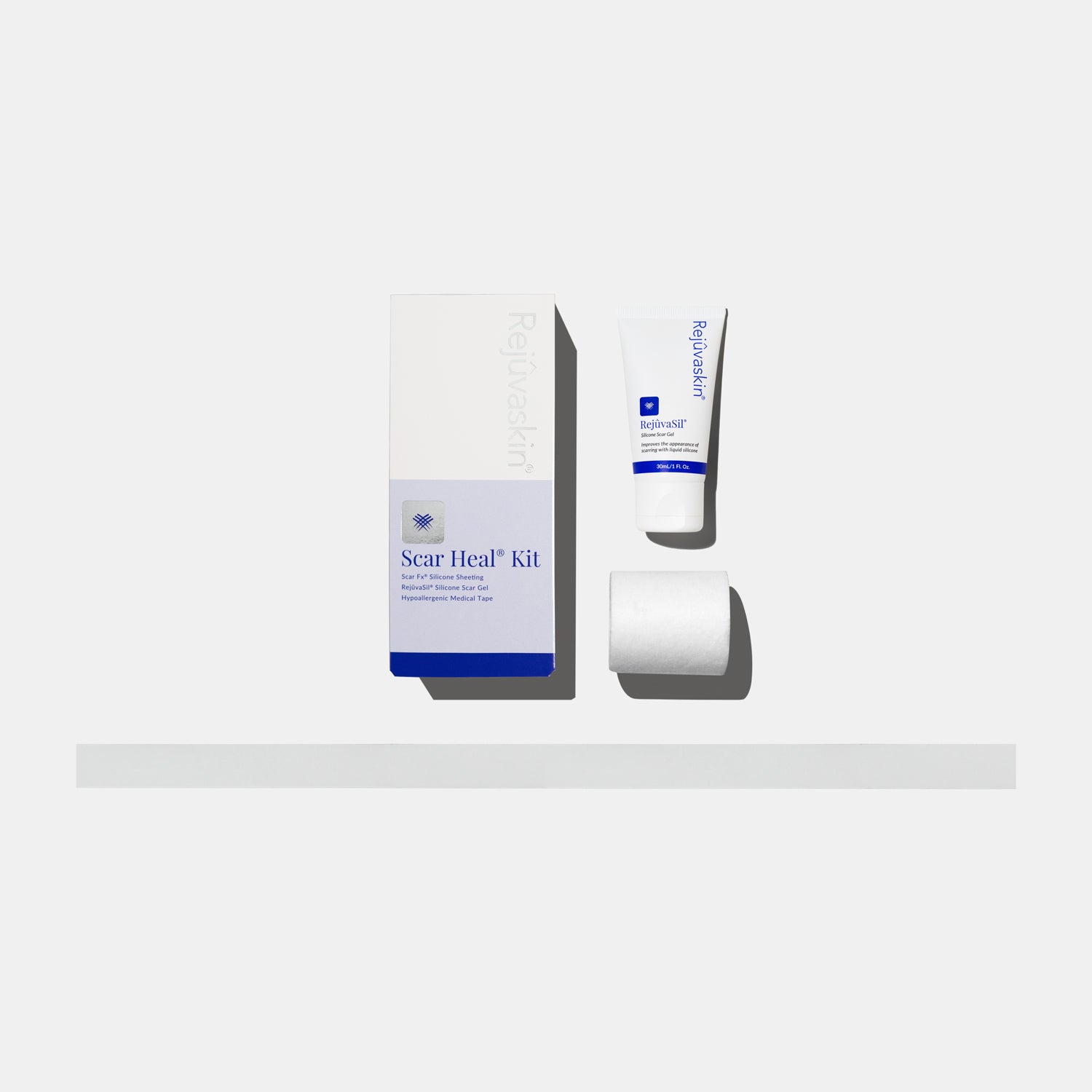



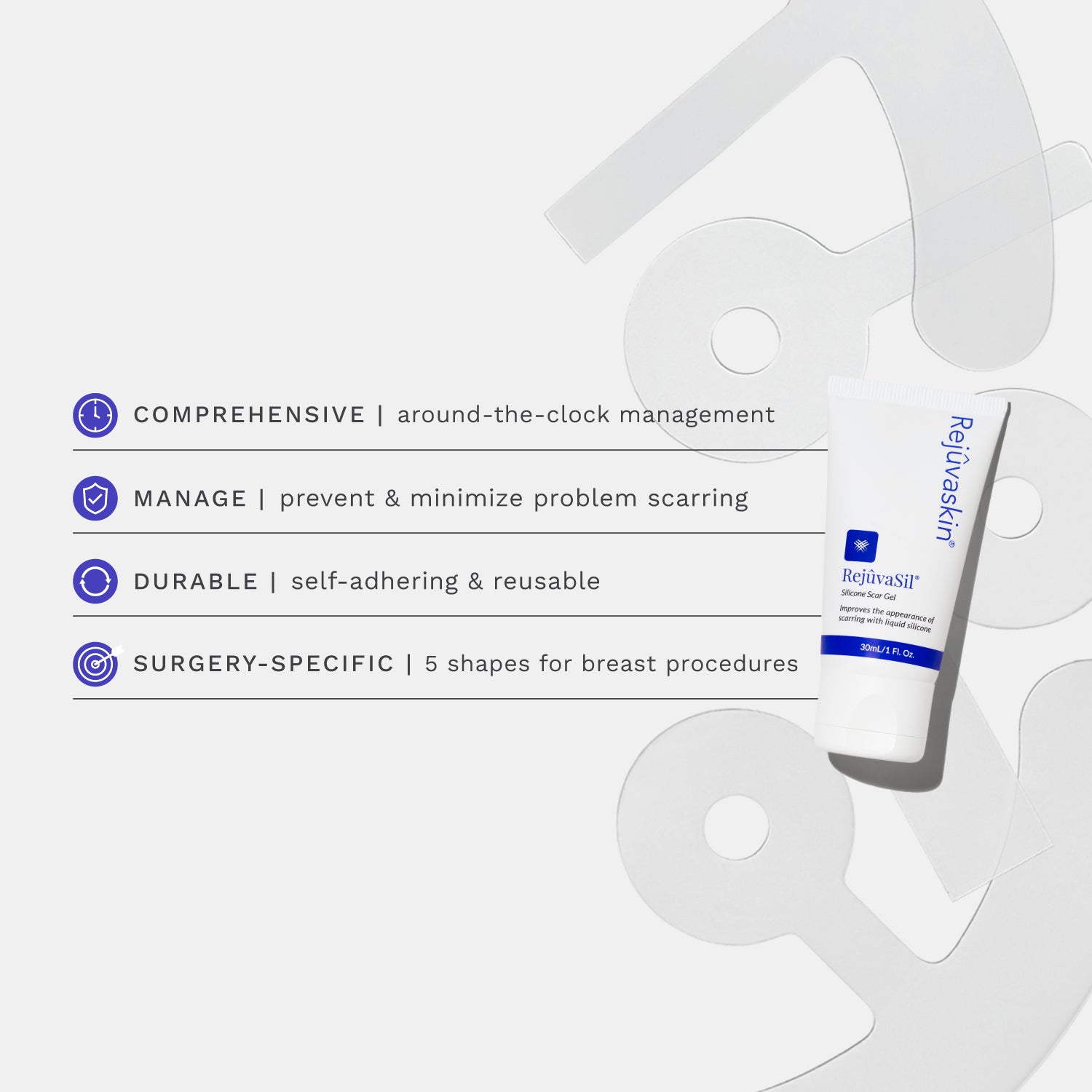
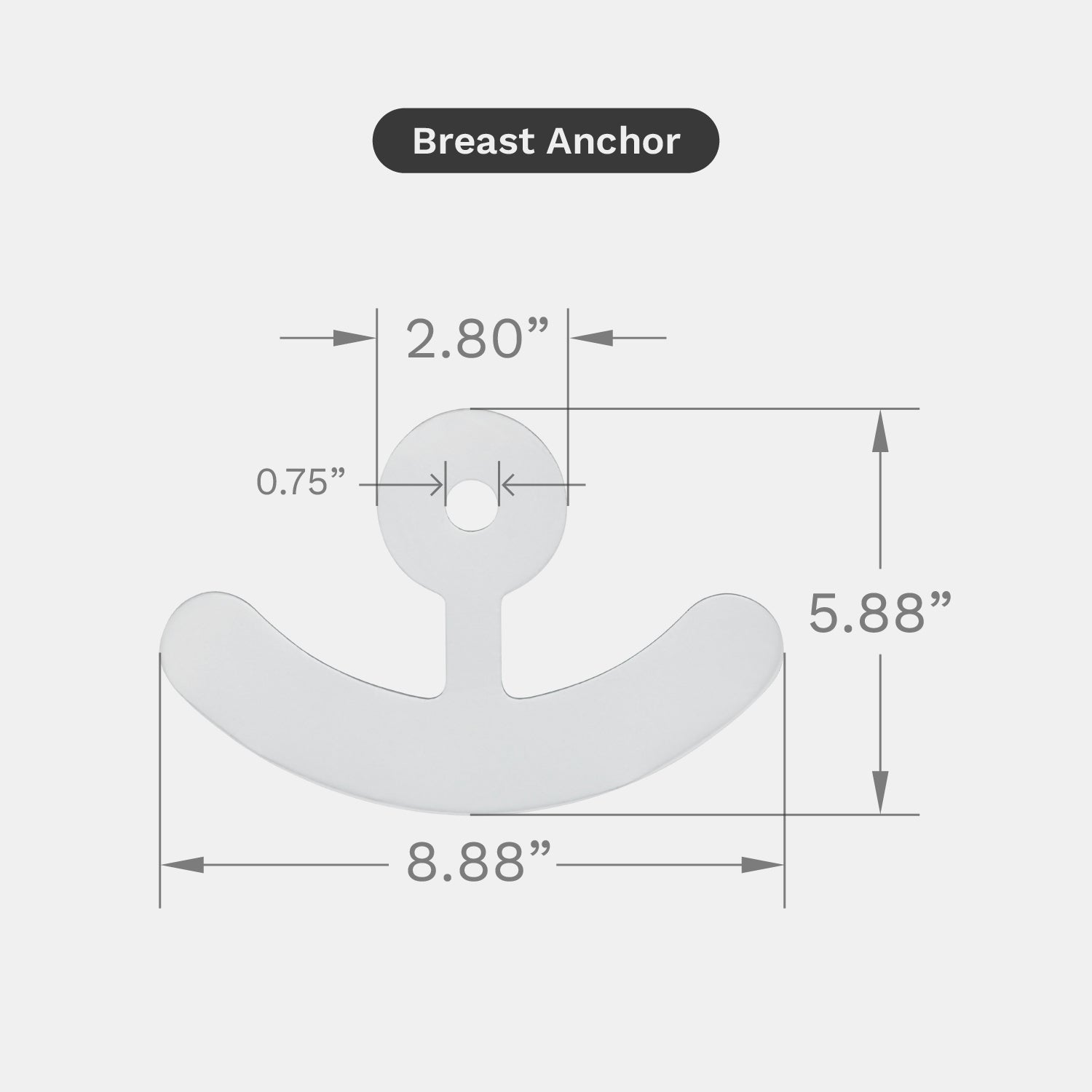
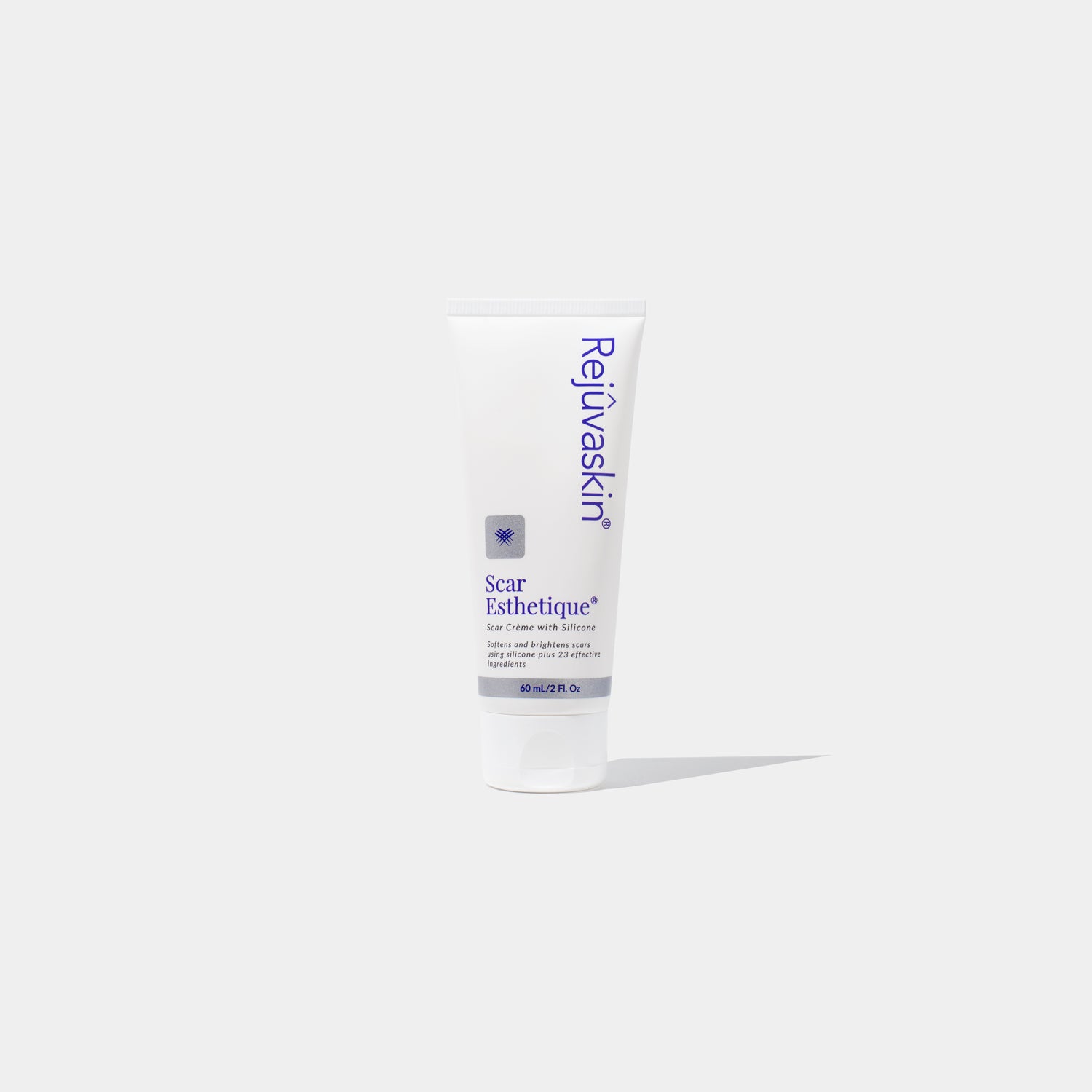
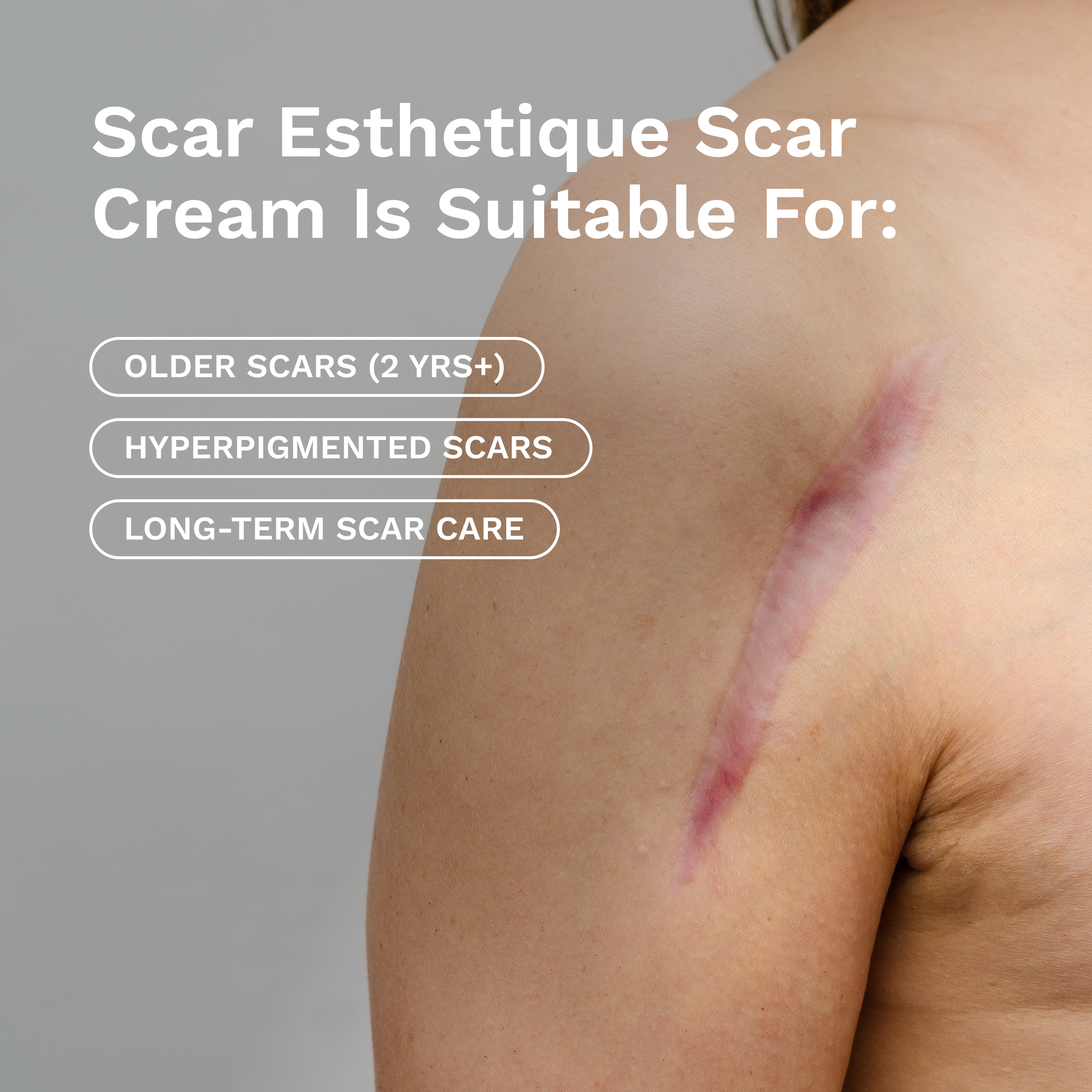









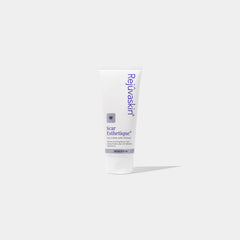
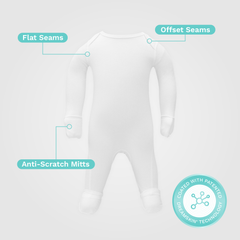


Leave a comment